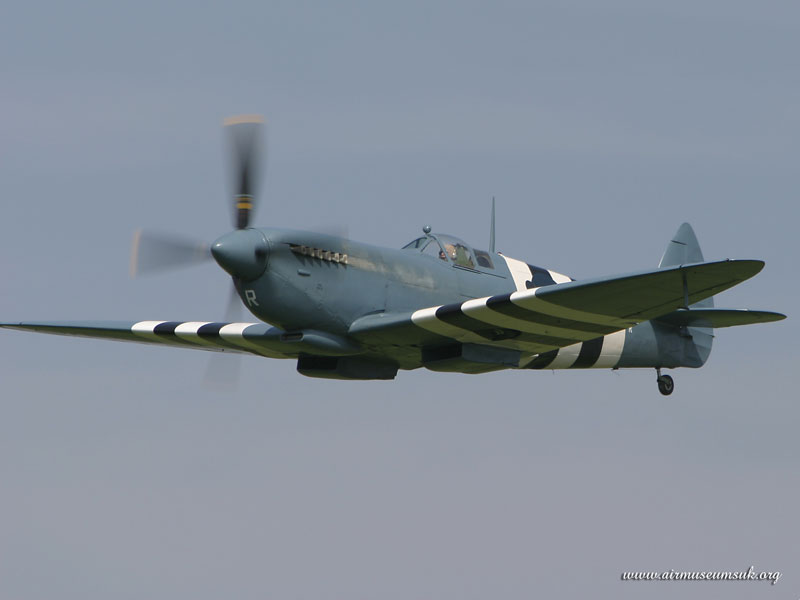Flightdeck Friday – Independence Day Edition
So yes, it’s not really Friday by the calendar – but that hasn’t stopped us before. For your consideration an interesting take on this Independence Day of Americans flying a British fighter for recce missions deep into Germany, sans armor (or armour if you please) and guns, loaded with gas and cameras. Big cameras (for the time). Airborne photo reconnaissance (part of what we today call imagery intelligence or IMINT) was and still is a vital part of target planning and post-strike analysis. The more current the imagery, the better the intel support to mission planning – especially if there are any changes to the configuration of defenses around or near the target. A sudden influx of AAA, for example, might be an indicator that something of particular importance was happening at that site (say VIP visit for example). Similarly, post-strike bomb damage assessment (BDA) is important to determine the strike’s effectiveness and if a re-visit is warranted. To be sure, the enemy is likewise aware of this and make adjustments accordingly – whether it is through camouflage and concealment before the strike, or taking measures to make the post-strike damage look more effective than it really was. The objective then, was to visit the target area as close as possible to the strike window (also without giving away intentions) beforehand and afterwards, close to the last bomb hit. A premium is put on speed and altitude that enabled the recce aircraft to outpace any fighters trying to intercept it and climb above any flak. In the European theater, there were three primary aircraft of choice for this mission – on the American side, the F-5 Lightning and for the Brits, either the Mosquito or the Spitfire. The F-5 seemed a natural choice given the range and speed of the big fighter – and when stripped of armor and the guns in the nose replaced by cameras, on paper at least, seemed to have an edge – in theory.

Reality, of course is oft times much different than paper (or PPT) exercises. The Lightning suffered mechanical and aerodynamic issues at the very high altitudes they needed to operate. Chief among these were limitations placed on the Allison power plants because of high carburetor air temperature (high CAT) owing to the inability of the wing leading edge inter-coolers to sufficiently bring the temperature of the compressed air coming from the turbo-superchargers down to a safe level at high altitude (source). To a large degree this was a result of the exceptionally clean design of the Lightning and the pre-war specs for the 1,000hp Allisons. The result were restrictions placed on boost depending on altitude for all models of the P-38 through the P-38H. The F-5As in the ETO, being derived from the P-38G were likewise affected by the limitations.

The Spitfire recce aircraft, OTOH didn’t suffer from these limitations. The Spitfire PR Mark XI was essentially a Mark IX Spitfire interceptor modified for photographic reconnaissance with cameras, a more powerful engine and a larger oil tank in the nose. All guns and armor were removed and the fuel capacity was greatly increased; speed was the unarmed Mark XI’s defense. A total of 471 Mark XIs were built between April 1943 and January 1946. In the Eight Air Force, the 14th Photographic Squadron operated Spitfire Mark XIs from November 1943 to April 1945. But enough of that — let’s let the narrative of the film fleshout the story:
Great plane & pilot — even greater story.

Happy Independence Day everyone!




SJS/
Late here and don’t get by often enough, but as I noted at a post on this at The Lexicans, there is an early 60s paperback out about this operation by a female British Intel PI entitled “Air Spy” by Constance Babington-Smith that is good reading.
An addendum – The USAAF also flew Spitfires and Mosquitos from England for recon work. http://www.nationalmuseum.af.mil/factsheets/factsheet.asp?id=3365 to ref the Mosquito side. Don’t remember where I saw the Spitfire referenced.